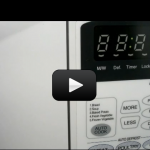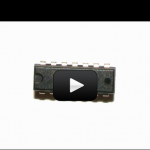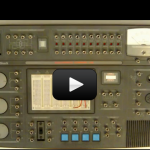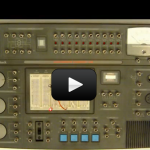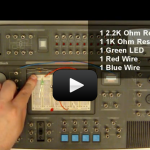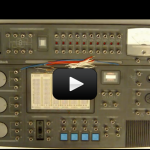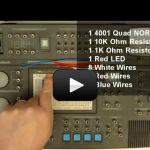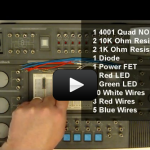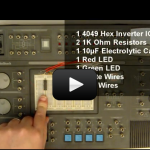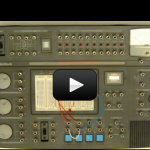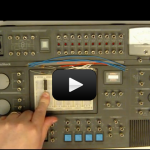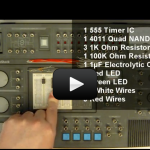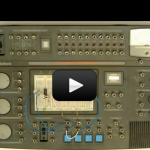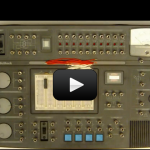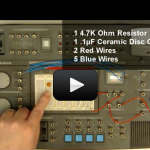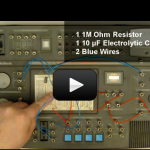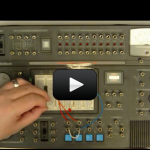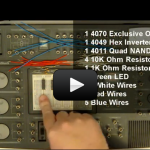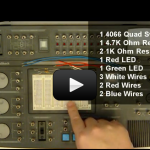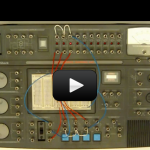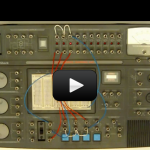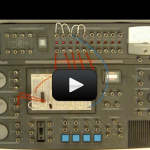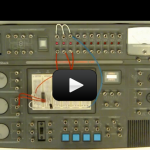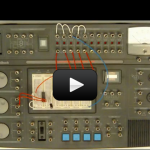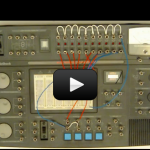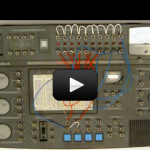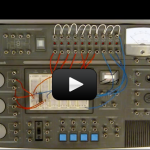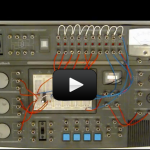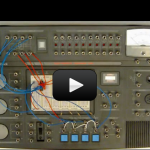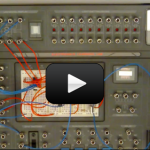This lesson is for advanced students, and advanced 5-8th graders as well. For this lesson, you’ll need the Electronic Learning Lab by Radio Shack (or other similar electronics learning lab boards - there are lots of them available out there.) They come with tons of experiments that cover both basic and digital electronics projects! It includes everything you need for all the projects in these two lessons.
Since the mid 1980′s, digital electronics have slowly become an ever increasing part of our lives. And now, you’d be hard pressed to find any device that doesn’t use digital electronics. Digital electronics are in the TV you watch, your computer, your phone, your car, the appliances in your kitchen, and so much more. So, to help understand how digital works, we’ll be exploring digital electronics in this series of videos.
We are going to cover a lot of ground in workbook 2 beginning with learning about the basics of digital electronics. This will include learning what a bit is, what a high and a low are, basic digital gates, among other topics.
Next, we’ll move on to building digital electronic circuits using both digital ICs, and a few analog ICs along the way, to learn about adding in binary, making cool sounds, digital memory, bargraphs, among other things. We’ll also be learning about 7 segment displays, how they work, and how to use them. There are so many neat and cool experiments, I know you are going to have a lot fun. There’s a lot of ground to cover and I know you are just as anxious to get started as I am, so I’ll see you over at the electronics learning lab!
If you find your students are thirsty for more reading content that is provided in the project kit, then these are my three favorites. There are THREE books recommended (not required) for this unit at the 9-12 grade level. When your kids hound you for more projects, pick up these texts for further projects. Here they are:
Since the mid 1980′s, digital electronics have slowly become an ever increasing part of our lives. And now, you’d be hard pressed to find any device that doesn’t use digital electronics. Digital electronics are in the TV you watch, your computer, your phone, your car, the appliances in your kitchen, and so much more. So, to help understand how digital works, we’ll be exploring digital electronics in this series of videos.
We are going to cover a lot of ground in workbook 2 beginning with learning about the basics of digital electronics. This will include learning what a bit is, what a high and a low are, basic digital gates, among other topics.
Next, we’ll move on to building digital electronic circuits using both digital ICs, and a few analog ICs along the way, to learn about adding in binary, making cool sounds, digital memory, bargraphs, among other things. We’ll also be learning about 7 segment displays, how they work, and how to use them. There are so many neat and cool experiments, I know you are going to have a lot fun. There’s a lot of ground to cover and I know you are just as anxious to get started as I am, so I’ll see you over at the electronics learning lab!
If you find your students are thirsty for more reading content that is provided in the project kit, then these are my three favorites. There are THREE books recommended (not required) for this unit at the 9-12 grade level. When your kids hound you for more projects, pick up these texts for further projects. Here they are:
- Getting Started in Electronics by Forrest Mims III (optional)
- MAKE: Electronics by Charles Pratt (optional)
- Practical Electronics for Inventors by Paul Scherz (optional)

